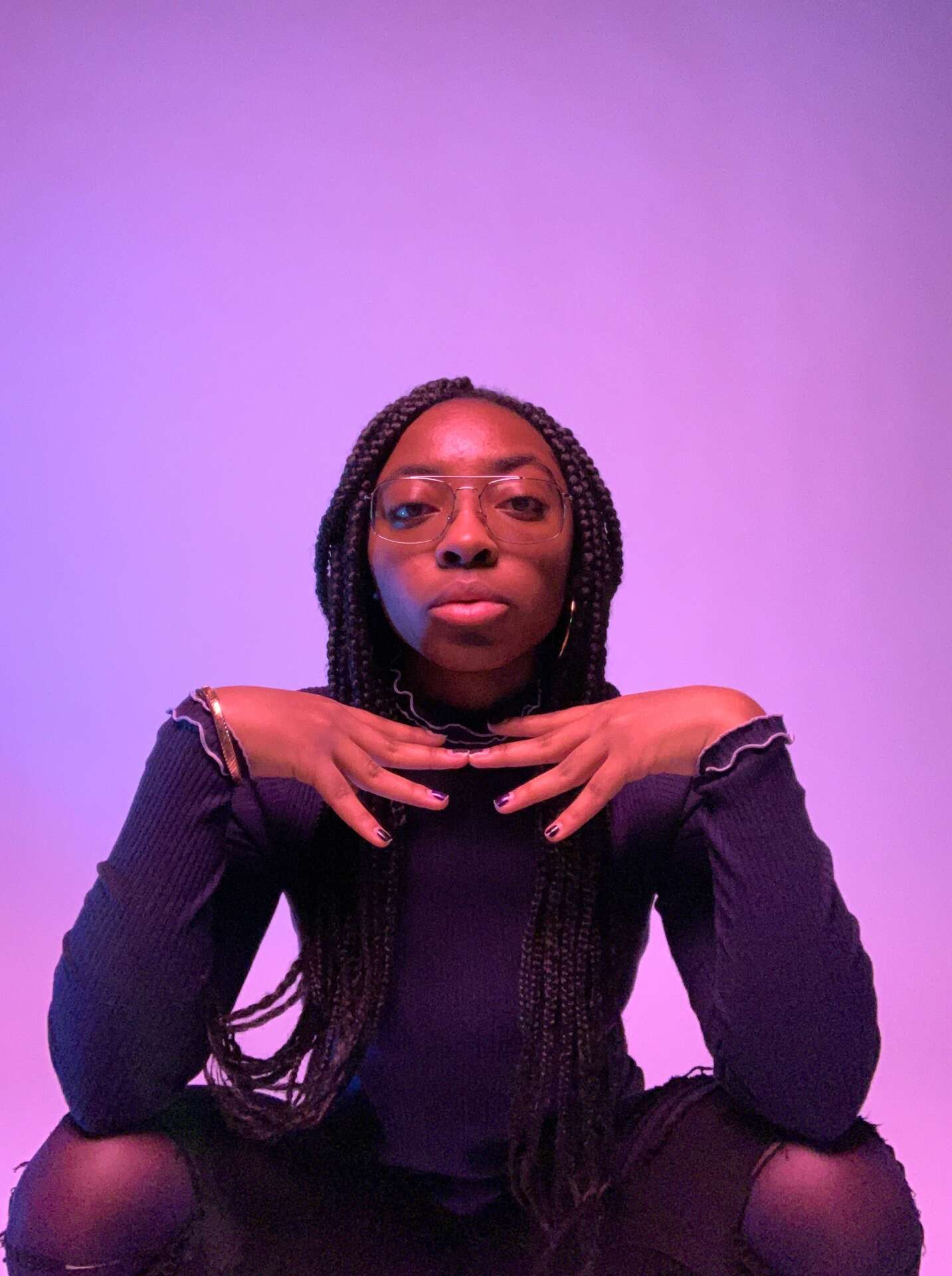We’re excited to introduce you to the always interesting and insightful Lia Latty. We hope you’ll enjoy our conversation with Lia below.
Lia, looking forward to hearing all of your stories today. Can you talk to us about serving the underserved.
The reason I started Black Is Magazine was to support a demographic that has been historically underrepresented in the photo world: Black photographic artists.
Awesome – so before we get into the rest of our questions, can you briefly introduce yourself to our readers.
I was born and raised in Miami Beach, Florida. Growing up, I went through a couple of hobbies before I truly fell in love with photography. For college, I set my intentions on going to art school outside the state, with my desired school being the Maryland Institute College of Art. My decision to do this has benefited me in ways that I am so grateful for. Staying in Miami would have been a detriment to my growth as a person and as an artist.
During my time at art school, specifically during the summer of 2020, I witnessed a lot of distressing information be revealed about various institutions and gatekeepers in the art world that had a track record of keeping out Black & POC artists, even sexually harassing women artists. I knew that I would be dealing with the art world once I graduated, but I was frustrated with the state of how things were. I wanted to be in community with fellow Black artists as much as possible, especially Black photographers. One day, while looking through MICA’s library, I came across the Black Photographers Annual 1973, a publication created by a historical collective of Black photographers called Kamoinge. The collective was founded at the height of the Civil Rights Movement in New York, and they came together for the same reasons that Black photographers are still dealing with today: lack of representation, resources, publication features, and exhibitions. Learning about the existence of Kamoinge and their publication inspired me to create a modern-day magazine that featured the work of Black photographic artists from around the world, because one experience does not speak for all. The magazine is interview-based. Each photographer is interviewed about their process and practice. Overall, the magazine acts as a place of discussion and an archival platform, keeping a database of all the Black photographers we interview/share the work of.
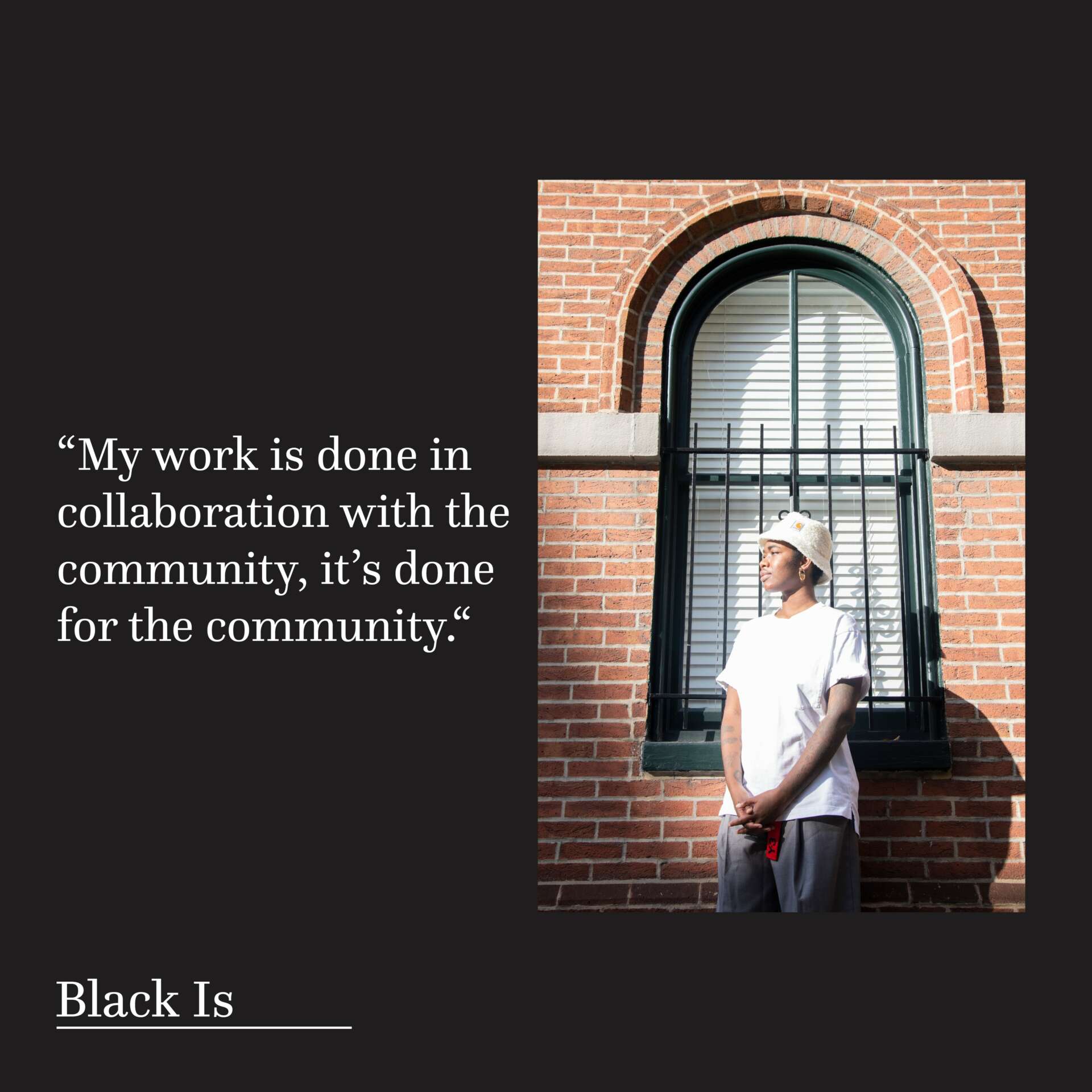
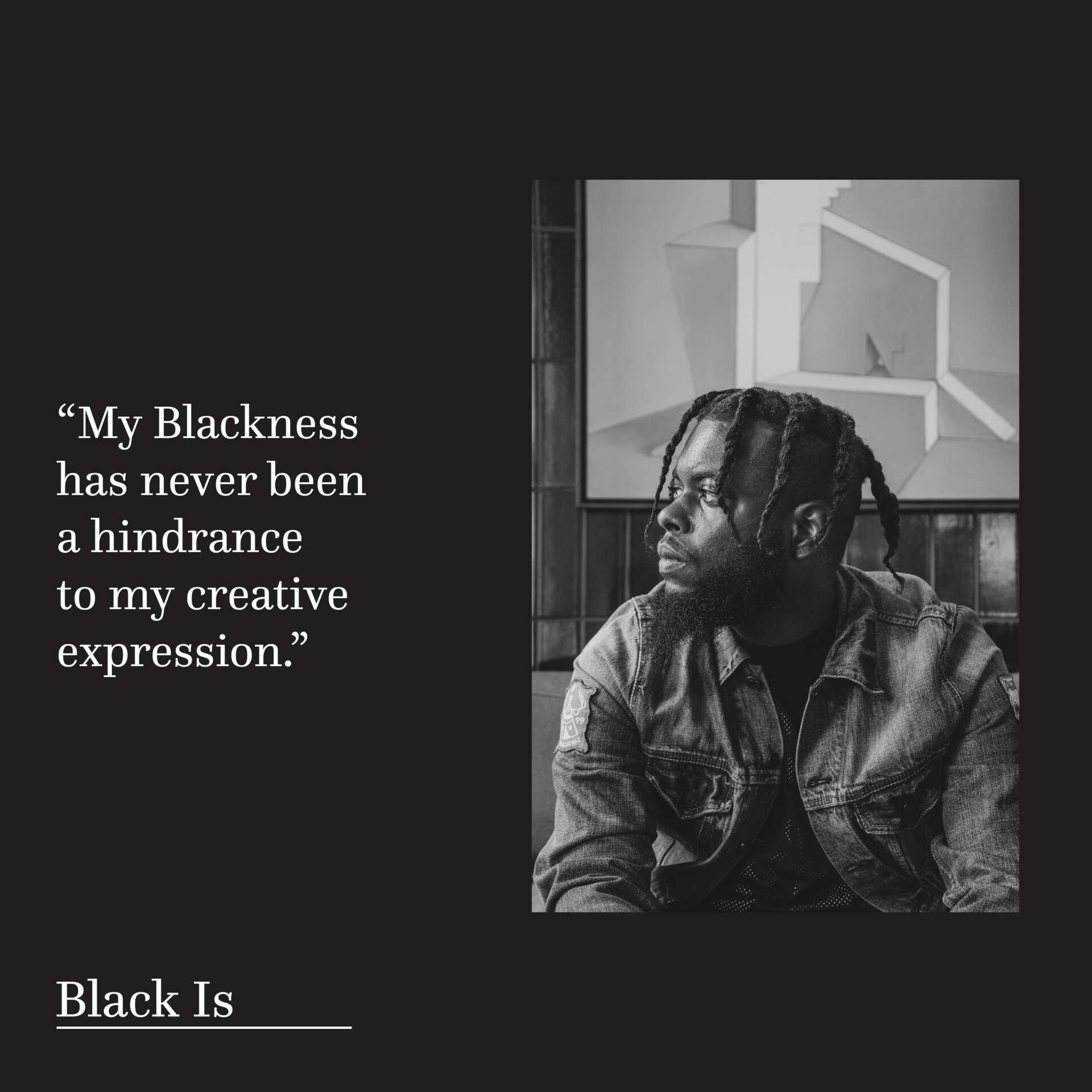
We’d love to hear the story of how you built up your social media audience?
Before the magazine launched in January 2021, I had to find a way to build up the magazine’s following on social media, specifically Instagram. Using my previous experience running the Instagram page for the Black Student Union at MICA, I knew that posting every day consistently during the week would build up engagement. In the context of the magazine, I decided to feature the work of different Black photographers every day in order to get their attention that the publication exists. This would usually lead to each person sharing on their page that they were featured by the magazine, and a snowball of effect of exposure would start to happen. This has been the most effective way to grow the magazine’s following on Instagram, and I still use this strategy to this day!
What do you think helped you build your reputation within your market?
What helped build the publication’s reputation in the market is the consistency of content that is dropped, both on our website and on social media. Even word of mouth has been beneficial as well. I personally believe that the existence of this platform that is dedicated to Black photographers had (and still has) a lot of people interested and excited about the work that has been done and will continue to happen with the publication. The magazine fills the gap in the market for an underrepresented group of artists.
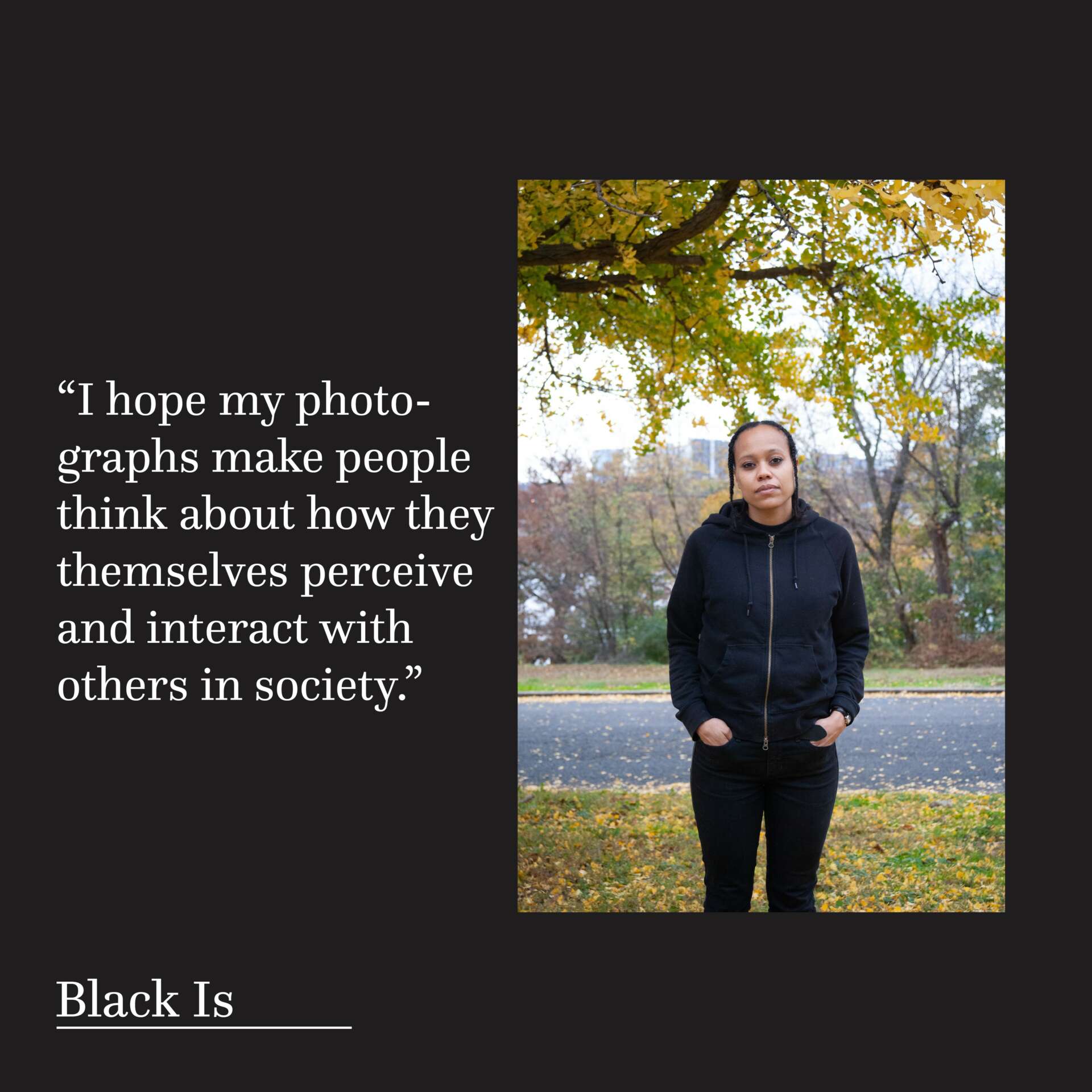
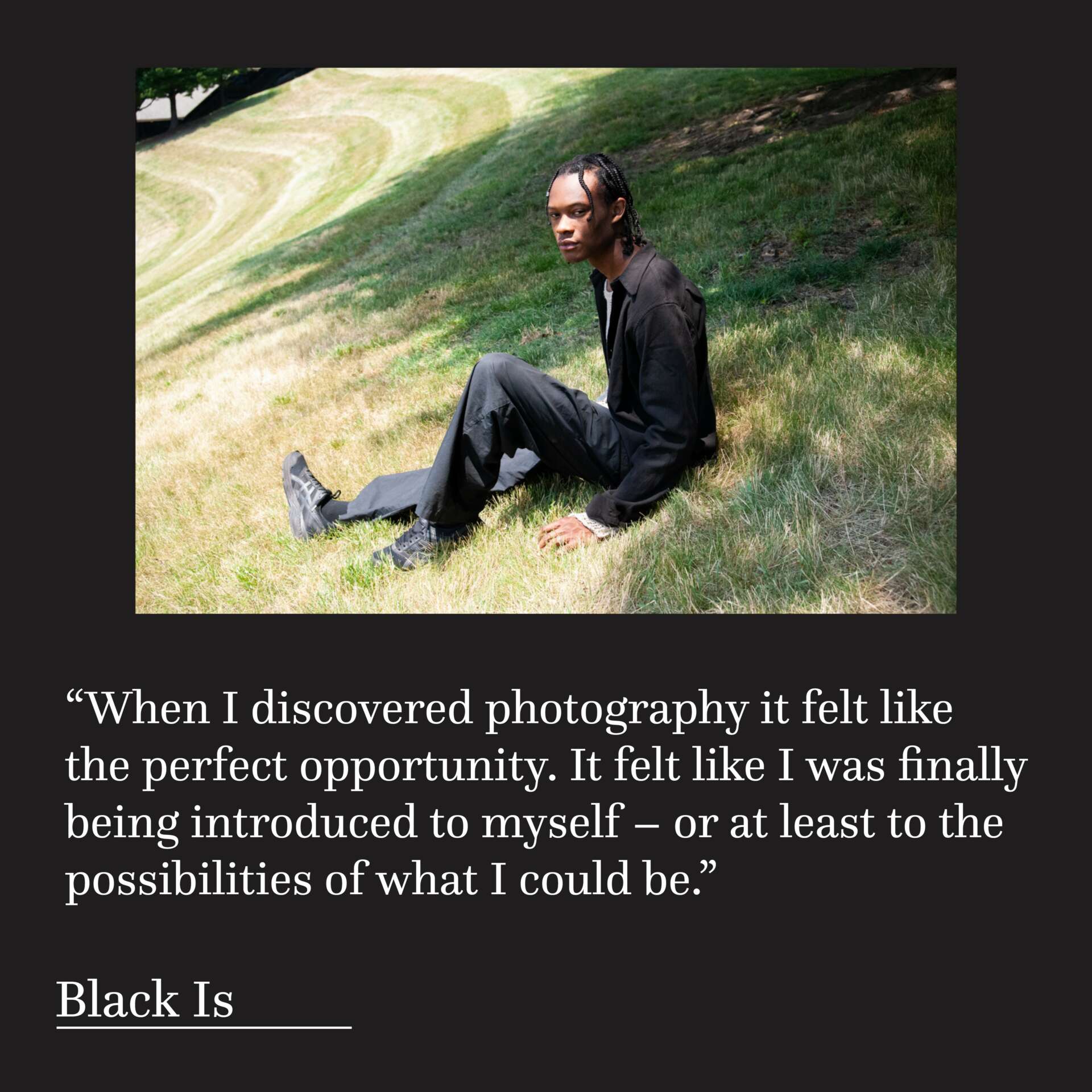
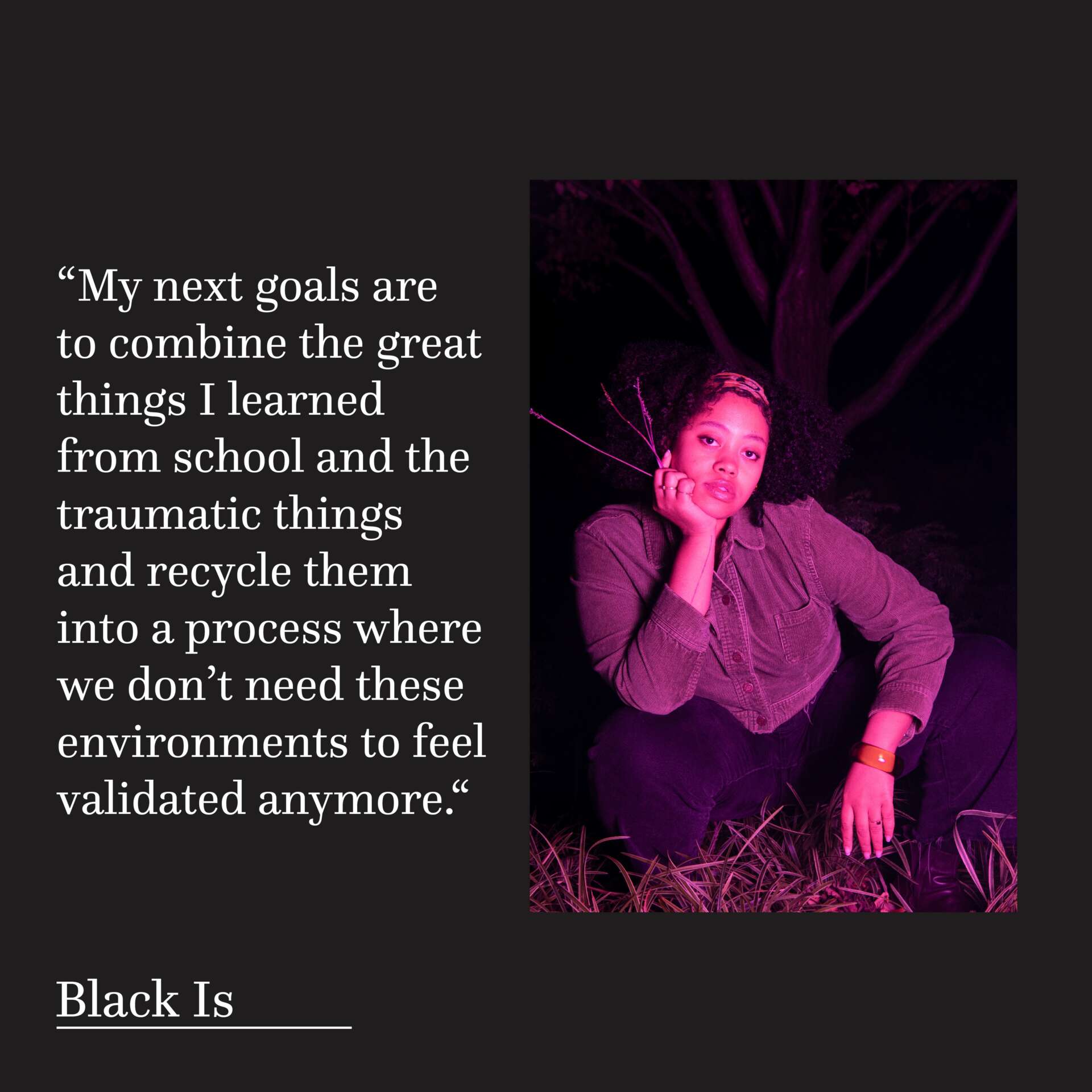
Contact Info:
- Website: https://blackismag.com
- Instagram: https://www.instagram.com/blackismag/
- Facebook: https://www.facebook.com/profile.php?id=100067887246288
- Linkedin: https://www.linkedin.com/company/black-is-mag/
- Twitter: https://twitter.com/blackismag?s=11
Image Credits
Photography by Lia J. Latty


